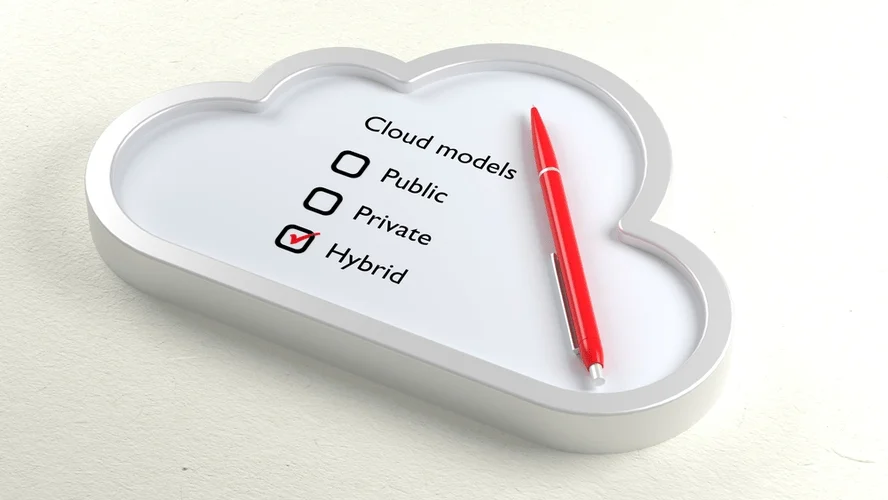Content
IoT platforms and tools are considered as the most significant component of the IoT ecosystem. Any IoT device permits to connect to other IoT devices and applications to pass on information using standard Internet protocols. IoT iot platform platforms fill the gap between the device sensors and data networks. It connects the data to the sensor system and gives insights using back-end applications to create a sense of the plenty of data developed by the many sensors.

This comes in especially handy for assembly line businesses where employees are in danger from machines used. IoT can help employers and employees avoid accidents by monitoring the machine and alerting the operators of a possible malfunction or danger risk in time. The ability to build apps and connect them to devices using JavaScript, Java, Android, iOS, C POSIX, and REST APIs. IRI CoSort and Hadoop are the two engines this platform uses to process big data. The market for IoT platforms is expected to grow to be worth $747 billion by 2023, according to studies. This increase in demand is attributed to the expansion of IoT devices and other related components.
Trending Technologies
Pricing is still extremely varied, and is made more complicated by the prevalence of open-source products. These platforms are free to download and are monetized via paid consulting and support, although specific pricing for those services is generally not public. Velocity Smart Technology headquartered in London offers the Velocity Smart Cloud platform, supporting connected IOT for Enterprise devices including Velocity Smart Lockers and Smart Vending.

Today, you’ll find chip manufacturers like ARM, who have robust connectivity and Cloud platforms. Or Cloud providers like Microsoft who have a robust IoT device platform . You can use single-board computers with sensors such as Arduino or Raspberry Pi. If you need industrial hardware, you can try hardware platforms like PXI or Compact RIO from National Instruments.
Distributed Services Architecture (DSA)
Industrial and commercial IoT solutions represent large and complex, but typically homogeneous technologies and designs. The decision domain is based on a closed set of business challenges and market pressures, mostly within the purview of the current CTO and CIO. Interoperability in this context involves existing, known technologies and decisions made from the top down, in a technology environment under complete control of the company itself. IoT frameworks are designed to accelerate the development process of IoT applications and solutions. You can build secure and scalable solutions using either an open-source framework or a proprietary framework. Basic IoT Platforms are sufficient for small to medium-sized IoT projects, but large-scale IoT scenarios require advanced IoT functionality.

Oracle offers endpoint data management and real-time IoT data analysis to assist businesses in making crucial decisions. Utilizing the Oracle IoT cloud platform has additional benefits, such as quick device data analytics and device visualization. Often, when people say “IoT Platform,” they really mean “IoT Application”. IoT apps enabling limited IoT functionality are usually enough for basic IoT scenarios. They can connect devices and sensors to the cloud, monitor and collect data, and provide IoT project visualization.
Software AG
At this stage, your focus is not only functionality but also form-factor. The IoT device enclosure, hardware user interface, etc., are elements that require the focus of both your engineering and industrial design teams. Connectivity is an integral part of the IoT technology stack, linking on-the-ground IoT devices to the Cloud or any other big data repository. IoT products are very complex because they have to integrate multiple components across the 5 layers of the IoT technology stack. Before launching into product development and IoT platform selection, you need to make sure you have a solid IoT product strategy.
Many Product Leaders are worried that investors will see less value in their product if they are leveraging third-party components or IoT platforms. Look for companies that have a strong solutions department that can train your team, help you with the architecture, and guide you through the proof of concept stage. Vertical focus.Aligning with a vendor that understands your industry is always a plus. Their solution will be designed to handle your type of data, analytics, and even help you comply with industry regulations. As you move towards market fit and scale, the focus should shift towards IoT platforms with more scalability, stability, and a global footprint. For example, if you are early in your journey, you should focus on IoT platforms that can help you build and test prototypes very quickly.
IoT increases customer satisfaction
Leveraging APIs to venture into new business models is standard practice in today’s digital economy. APIs allow users to access enterprise assets in a consumable way and facilitate user connectivity on the fly. Besides, factors such as support, availability, recovery time objective, recovery point objective, and more smart IoT platform providers must also offer cloud as well as analytics support.
- The open-source format generally allows administrators and businesses to self-deploy and self-serve the platform if they prefer.
- Salesforce CRM is used in conjunction with it to deliver data from connected assets to the CRM system, where context-based actions are immediately started.
- For example, to meet the needs of lighting connectivity in a single commercial building or machine monitoring in a specific plant.
- It includes rapidly and safely onboarding new devices, automatically identifying device problems, automatically classifying devices into contextual states, and decommissioning old devices.
- Process incoming device data with flexible rule chains based on entity attributes or message content.
Google Maps Platform helps visualize the location of connected assets. Cloud Pub/Sub performs data ingestion and message routing for further data processing. To cover each aspect while developing an IoT product, there are several types of IoT platforms. Gateways and data acquisition https://globalcloudteam.com/ systems convert gathered data from the analog to the digital format. Businesses have been adopting Internet of Things technologies more actively, so the need for high-quality IoT platforms is also increasing. There is no requirement for technical knowledge to use the platform.
Examples of Successful IoT Platforms
When choosing an IoT platform vendor for your organization, it’s important to consider which stage of development and execution your company is at. Depending on where you are as a business, you might need to use one or all of them to get the results you desire. Let’s go over the four types of IoT platforms and what they can do for you. The cost of IoT platform investment would depend on your budget and the needs of your organization. Most platforms offer plans of varying costs, so you should pick the one that suits you most. Cloud Pub/Sub handles data ingestion and message routing for additional data processing.